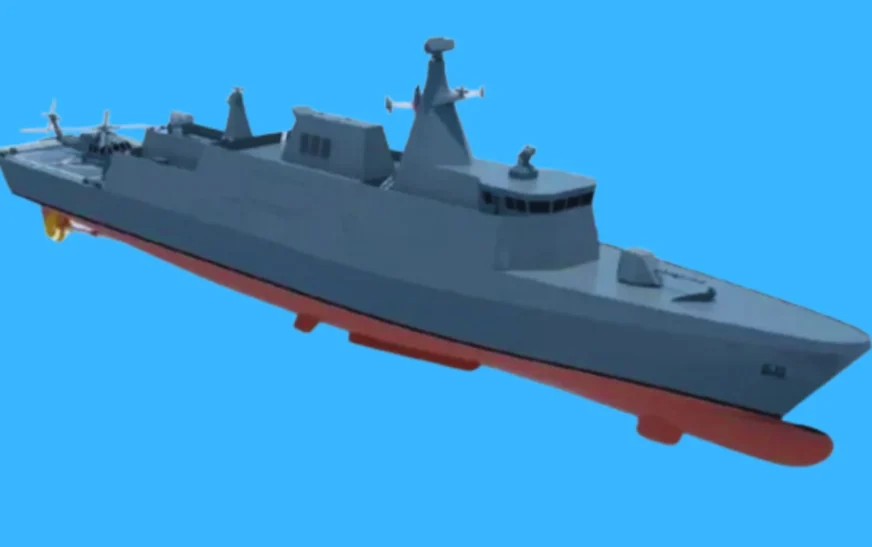The importance of technical drawings in the military industry cannot be overstated. Whether you’re working with Army drawing 81-3-35 or Navy drawing QEL 1386-1, understanding their details is essential for efficient operation, maintenance, and implementation. These documents serve as blueprints for constructing and maintaining military equipment, ensuring consistency and precision across operations.
In this article, we’ll delve into the specifics of Army drawing 81-3-35 and Navy drawings QEL 1386-1, explain why they are essential, and provide critical insights into how these drawings function in real-world applications. This guide is designed to be educational and engaging, shedding light on a topic vital to current and aspiring military professionals.
What are Army and Navy Drawings?
Army and Navy drawings are technical documents that provide detailed instructions for constructing, operating, and maintaining various military assets. These drawings include technical schematics, dimensions, materials, and assembly instructions, among other essential details. For example, Army drawing 81-3-35 may refer to a specific design of a military component, while navy drawings QEL 1386-1 pertain to naval operations.
Each document is carefully crafted to ensure compliance with military standards. Many professionals, from engineers to contractors, rely on these drawings to ensure accuracy, safety, and efficiency in military hardware and systems.
Importance of Technical Drawings in Military Operations
The precision required in military operations cannot be understated. Army drawing 81-3-35 and Navy drawing QEL 1386-1 are critical in ensuring that complex machinery and systems function correctly. In the military, even the slightest error can result in catastrophic consequences. These drawings help mitigate risks by providing blueprints for manufacturing and repair processes.
Technical drawings like Army drawing 81-3-35 and Navy drawing QEL 1386-1 also support standardization. A unified set of drawings allows different teams across various locations to work seamlessly on the same project, minimize discrepancies, and ensure that the final product meets all specifications.
Breaking Down Army Drawing 81-3-35
Army drawing 81-3-35 is one of many technical drawings the U.S. Army uses for various operational needs. It typically involves detailed equipment design, functionality, and maintenance specifications. This drawing would include everything from material selection to dimensional tolerances.
The goal of Army drawing 81-3-35 is to ensure that military components are manufactured to exact standards. This is crucial for maintaining operational readiness and ensuring all parts fit within larger military systems.
Exploring Navy Drawings QEL 1386-1
Similarly, navy drawings QEL 1386-1 are vital in naval operations. These drawings typically focus more on shipbuilding, weapon systems, and other naval-specific components. Navy drawings QEL 1386-1 are often highly detailed, covering every aspect of a component’s construction, from materials to assembly processes.
Equipment is exposed to extreme conditions in naval environments, such as saltwater corrosion and high-pressure scenarios. This makes the accuracy of navy drawings QEL 1386-1 all the more important. By adhering to these detailed drawings, naval engineers can ensure the longevity and functionality of maritime equipment, no matter the environmental challenges.
Critical Differences Between Army and Navy Drawings
While Army drawing 81-3-35 and Navy drawings QEL 1386-1 serve similar purposes, they often differ in application and focus. Army drawings typically centre around land-based equipment and may prioritize mobility and durability in harsh terrestrial environments. On the other hand, navy drawings like QEL 1386-1 often emphasize corrosion resistance, buoyancy, and materials that can withstand maritime conditions.
Another key difference lies in the design standards. While both Army and Navy drawings adhere to strict military guidelines, the specific requirements for each branch differ due to the unique challenges faced in land and sea operations. This is why understanding the nuances of Army drawing 81-3-35 versus Navy drawing QEL 1386-1 is critical for professionals in these fields.
The Role of CAD (Computer-Aided Design) in Modern Military Drawings
With technological advancements, most military drawings today, including army drawings 81-3-35 and navy drawings QEL 1386-1, are created using computer-aided design (CAD) software. CAD allows for greater precision, the ability to create 3D models, and easier revisions than traditional hand-drawn schematics.
CAD also allows for better collaboration among teams. For instance, engineers working on navy drawings QEL 1386-1 can easily share digital files with contractors, project managers, and other stakeholders, ensuring everyone can access the most up-to-date designs.
How to Access Army Drawing 81-3-35 and Navy Drawings QEL 1386-1
Access to military drawings, such as Army drawing 81-3-35 and Navy drawing QEL 1386-1, is typically restricted to authorized personnel due to the sensitive nature of military technology. However, if you have the necessary clearance, you can request these documents through official military channels.
Contractors, engineers, and military personnel often work closely with these drawings to ensure compliance with military standards. In some cases, specialized training may be required to understand the complexities of these documents, mainly when dealing with high-level military systems.
Challenges in Interpreting Military Drawings
While Army drawing 81-3-35 and Navy drawings QEL 1386-1 provide crucial information, interpreting them can be challenging. The technical jargon, complex diagrams, and specific requirements mean that only trained professionals can fully understand these documents. Errors in interpretation can lead to costly mistakes in the manufacturing or repair process.
This is why military engineers often undergo extensive training to ensure they can read and apply these technical drawings correctly. Additionally, having a solid understanding of materials science, mechanical engineering, and military standards is essential when working with these documents.
Future Trends in Military Drawings
As technology advances, so will the sophistication of military drawings. In the future, we can expect to see more detailed 3D models, virtual reality applications for training, and even the integration of artificial intelligence to optimize the design and review process.
For Army drawings 81-3-35 and Navy drawings QEL 1386-1, this could mean more streamlined processes, faster revisions, and more efficient production. Engineers will likely be able to simulate various operational conditions to ensure that designs meet performance expectations before any physical components are manufactured.
Conclusion
Army drawing 81-3-35 and Navy drawing QEL 1386-1 are indispensable tools in the military sector. They ensure the consistent, accurate, and safe production of military components, helping to maintain operational readiness. By understanding the details of these drawings, military engineers and personnel can ensure that equipment is built to withstand the harsh environments and demanding conditions it is likely to face.
May You Like Also: How Xucvihkds Drives Innovation and Business Success










